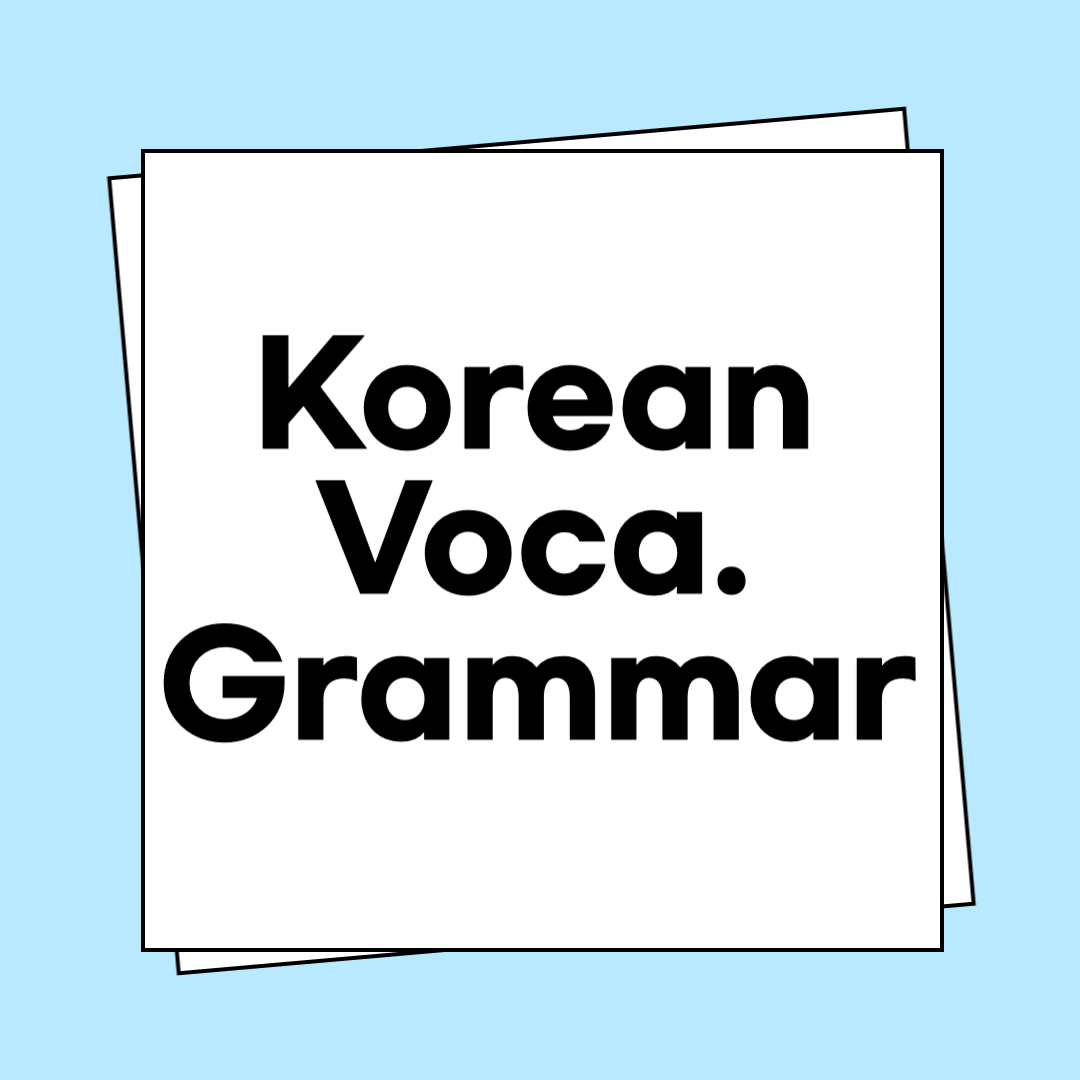Learning Basic Korean Vocabulary Grammar opens the door to a rich culture and vibrant language. Once you’ve mastered the alphabet, the next step is to build your foundation with basic vocabulary and grammar.
In this guide, we’ll cover essential Korean words, sentence structure, particles, and the difference between formal and informal speech. Let’s get started!
Learning Commonly Used Korean Words
Building a strong vocabulary is key to understanding and communicating in Korean. Start with these categories of frequently used words:
Everyday Words
- 안녕하세요 (Annyeonghaseyo): Hello.
- 감사합니다 (Gamsahamnida): Thank you.
- 죄송합니다 (Joesonghamnida): I’m sorry.
Basic Nouns
- 물 (Mul): Water.
- 밥 (Bap): Rice or meal.
- 책 (Chaek): Book.
Common Verbs
- 가다 (Gada): To go.
- 먹다 (Meokda): To eat.
- 보다 (Boda): To see.
Tip: Use flashcards or language apps to practice daily and reinforce these words in your memory.
Understanding Korean Sentence Structure
Korean sentences follow a Subject-Object-Verb (SOV) order, which is different from English’s Subject-Verb-Object (SVO) structure.
Examples:
- English: I eat rice.
- Korean: 저는 밥을 먹습니다. (Jeoneun bapeul meokseumnida.)
- Subject (저는) + Object (밥을) + Verb (먹습니다).
By focusing on the verb placement at the end, you’ll quickly get the hang of Korean sentence flow.
Creating Simple Subject-Predicate Sentences
Start practicing by forming basic sentences using Subject + Predicate (Verb) structures.
Examples:
- 저는 학생입니다. (Jeoneun haksaengimnida.): I am a student.
- 이것은 책입니다. (Igeoseun chaekimnida.): This is a book.
Tip: Begin with simple sentences to describe yourself or objects around you.
Learning Korean Particles: 이/가, 을/를, 에서/에
Particles are small words attached to nouns that show their function in a sentence. While they may seem tricky, practice makes perfect!
Key Korean Particles:
- 이/가: Marks the subject of the sentence.
- 예: 저는 학생입니다. (Jeoneun haksaengimnida.) = I am a student.
- 을/를: Marks the object of the sentence.
- 예: 책을 읽습니다. (Chaekeul ikseumnida.) = I read a book.
- 에서/에: Shows location or direction.
- 예: 학교에서 공부합니다. (Hakgyoeseo gongbuhamnida.) = I study at school.
Difference Between Formal and Informal Speech
Korean has two main levels of speech: formal (존댓말) and informal (반말).
When to Use Each:
- Formal Speech (존댓말):
- Used in professional settings, with strangers, or to show respect.
- Example: 감사합니다 (Gamsahamnida) = Thank you.
- Informal Speech (반말):
- Used with close friends or younger people.
- Example: 고마워 (Gomawo) = Thanks.
Tip: Start with formal speech as it’s safer for beginners, then transition to informal speech as you grow more confident.
Official Resources for Learning Korean Vocabulary Grammar
For reliable, high-quality information, here are some official websites that offer tools and resources for learning Korean vocabulary and grammar:
1. The National Institute of the Korean Language (NIKL)
This official institution sets the standards for the Korean language and provides comprehensive resources for learners.
2. Basic Korean Dictionary
A beginner-friendly Korean dictionary that offers word definitions and translations in multiple languages.
3. Korean Language Education Center
A platform dedicated to Korean language teachers and students, offering educational materials and cultural insights.
Frequently Asked Questions about Basic Korean Vocabulary Grammar
Use formal speech with strangers, elders, or in professional settings. Informal speech is best for friends or peers you’re close to. When in doubt, stick to formal speech.
At first, particles can be challenging because they don’t exist in English. However, regular practice with simple sentences will make them easier to understand.
Focus on commonly used words and practice them daily using flashcards, apps like Anki or Memrise, or even by writing sentences.









